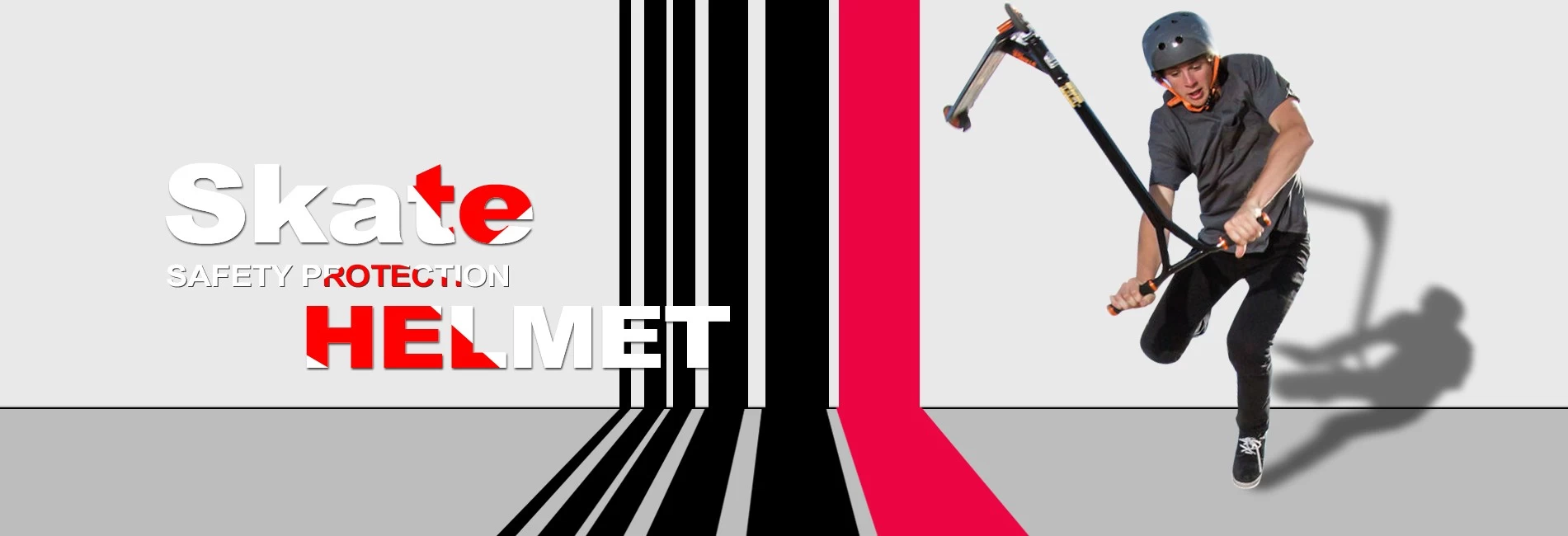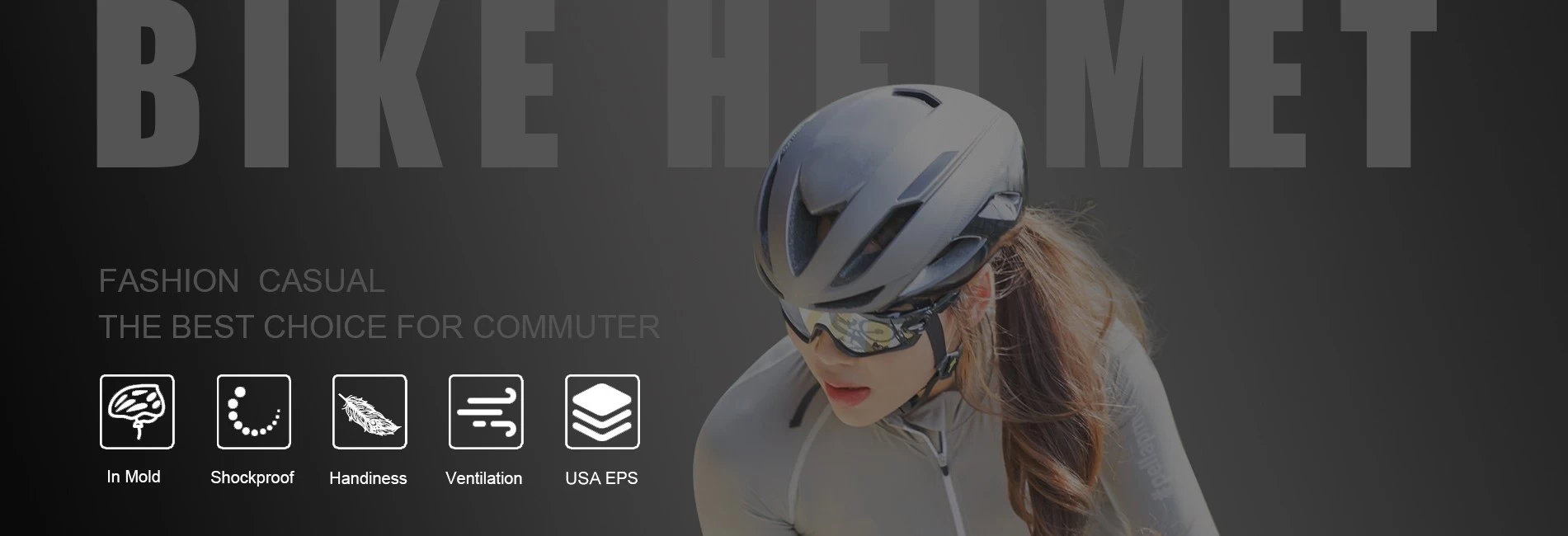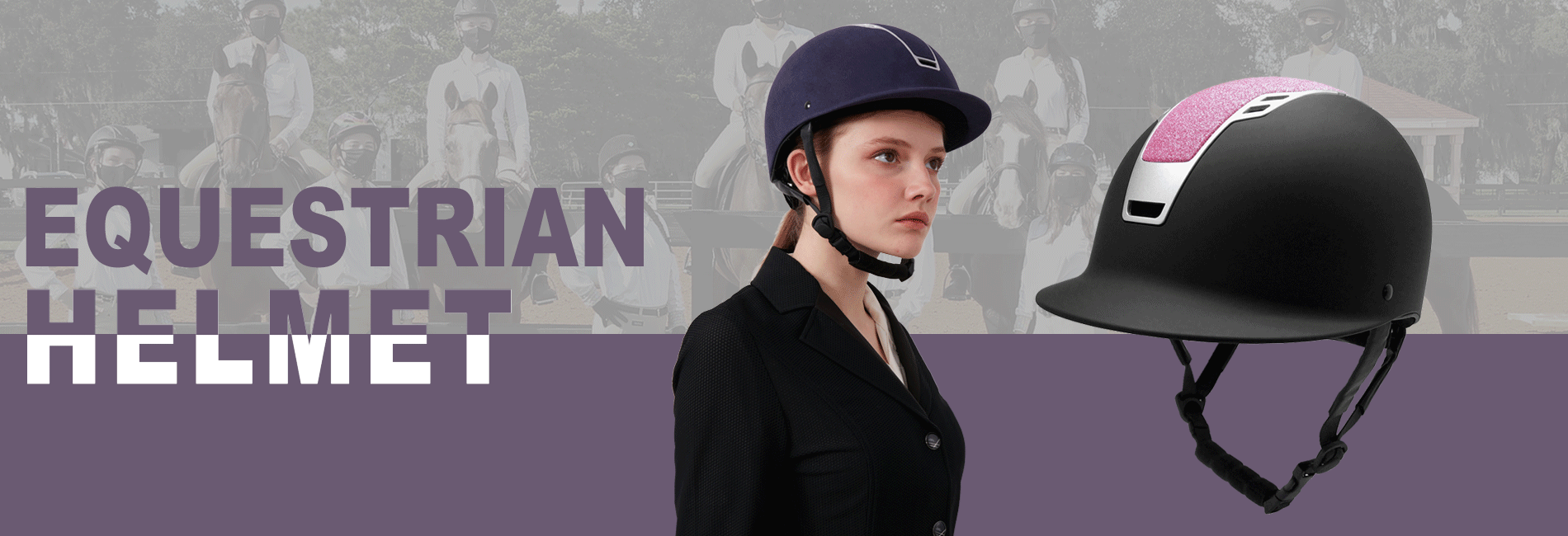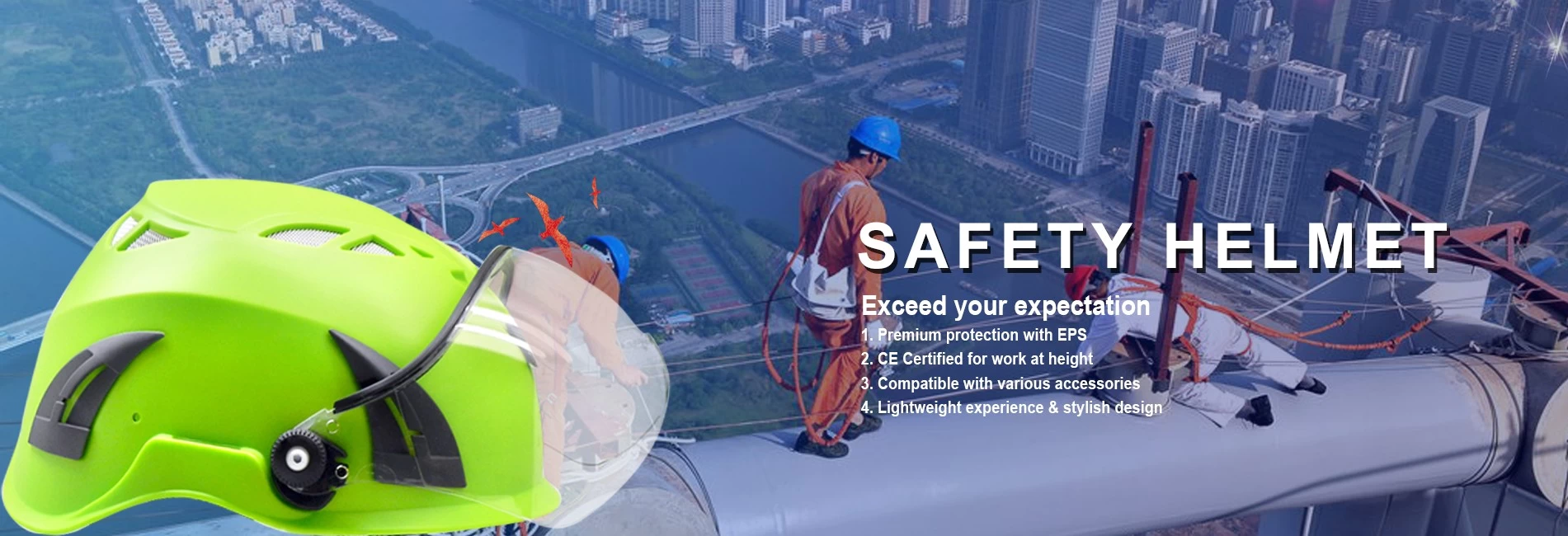WHEN SHOULD I REPLACE MY BICYCLE HELMET?
2020-09-21 09:54:06
A question I often get asked by customers, “When should I replace my bicycle helmet?” As we all know, in most of countries we are required by law to wear an bicycle helmet while riding, but many people use very old helmets, or ones that are very worn or even compromised by an impact. So here’s a few tips to help you decide when you need to upgrade your helmet.
Check for damage and wear
Shell – Look for cracks or abrasions. Are there any cracked edges? Check for fading because UV exposure can make the shell brittle. Any compromise to the integrity of the shell will mean it may not hold together in an impact.



Check for damage and wear
Shell – Look for cracks or abrasions. Are there any cracked edges? Check for fading because UV exposure can make the shell brittle. Any compromise to the integrity of the shell will mean it may not hold together in an impact.

Liner – The foam. Press carefully over the shell of the helmet to see if there is any movement. In some helmets there will be no movement and in others a little movement, You should look for any area where there is a variation in movement compared to the rest of the helmet. An area of greater movement indicates damage to the foam under the shell. Turn over the helmet and check the liner for cracks or compressed foam. If you suspect any area of compression, check and measure the thickness of the foam at the same spot on the other side of the helmet. If you feel any dents, indentations or gouges, it’s time for a replacement.

Straps/buckles/clips and fasteners – check for wear and tear. Any loose stitching or fraying? Check buckles/clips and fasteners. Do they work and hold? Buckle or fasten and then give them good forceful tugs and twists to check they don’t come apart. Think about the force they would be under during an impact, or multiple impacts like a car, and then the road. You want to mimic that force, you need to know that they will work to keep that helmet securely on your head in an impact.

Preventive care
There are also preventive measures you can take to increase the lift of a helmet. Drastic changes in temperature and excessive exposure to UV light can degrade EPS foam, causing it to harden and become brittle. Don’t store your helmet in your car and keep it out of direct sunlight when not in use.
Keep your helmet away from solvents and other compounds that you may store in the same location as your bike gear. And keep your helmet out of harm’s way when applying spray-on sunscreens or bug spray, as both often have some mixture of these ingredients in them. Human sweat can be quite corrosive and will break down EPS foam over time so washing your helmet on a regular basis can also help.
There are also preventive measures you can take to increase the lift of a helmet. Drastic changes in temperature and excessive exposure to UV light can degrade EPS foam, causing it to harden and become brittle. Don’t store your helmet in your car and keep it out of direct sunlight when not in use.
Keep your helmet away from solvents and other compounds that you may store in the same location as your bike gear. And keep your helmet out of harm’s way when applying spray-on sunscreens or bug spray, as both often have some mixture of these ingredients in them. Human sweat can be quite corrosive and will break down EPS foam over time so washing your helmet on a regular basis can also help.









